Boreal chickadee
Ever feel like going on a safari but just can’t get away? Well, take a safari in your own back yard. Here you’re the expert. You know the terrain and what to expect. And believe it or not everyone can benefit from this little exercise. In fact, even with the smallest back yard, some amazing and beautiful images can be made. I regularly take a backyard safari.
Pine grosbeak
My Big Backyard
I bet my back yard is bigger and wilder than yours! Our ten acres of northern boreal forest borders Wrangell/St. Elias National Park, Alaska, our largest National Park. My back yard stretches south for a couple hundred miles through the wilderness of Alaska. We have had grizzlies, wolves, red fox, lynx, great gray owls, nesting hawk owls, bald eagles, golden eagles, willow ptarmigan, great horned owls, sharp-tailed grouse, boreal owls, marten, caribou, Alaskan moose and much more on out little ten acre homestead. But still it is usually a difficult challenge to photograph the local wildlife . Nothing comes easy.
Red squirrel
Developing Photo Potential
Getting the most out of your backyard safari is the same as any photo trip. In fact your own backyard offers the best opportunity to learn to develop photographic potential. And, there is no better place to gain valuable experience in finding solutions to photographic problems we all encounter in the field.
Look for a unique perspective.
Create feeding stations for birds and squirrels.
Take the time to let wildlife become used to your presence.
Build a blind if you have shy wildlife species.
Red squirrel jumping
Pine grosbeak

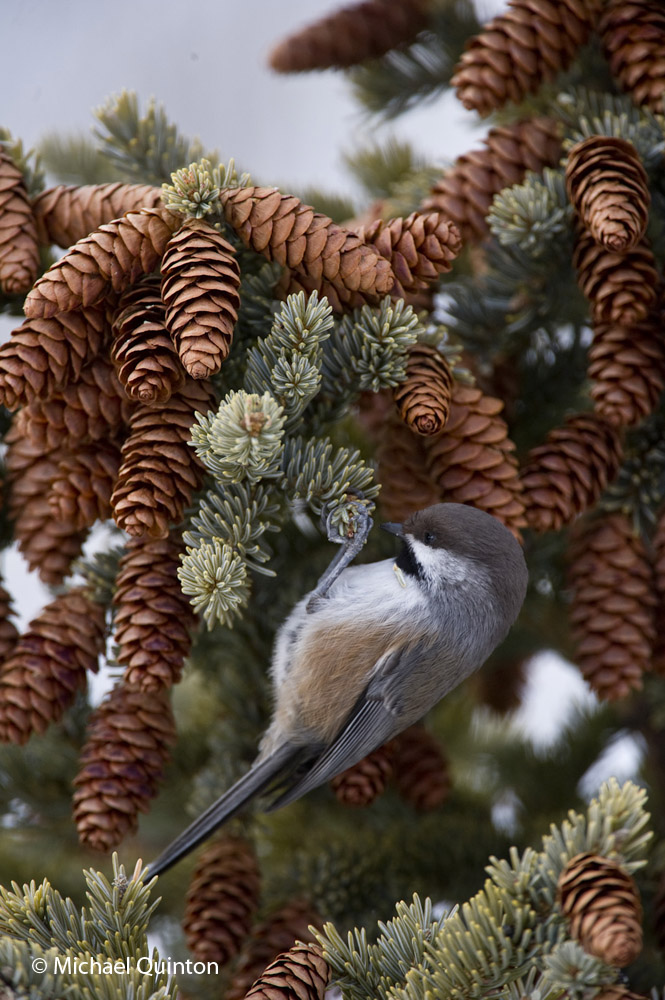
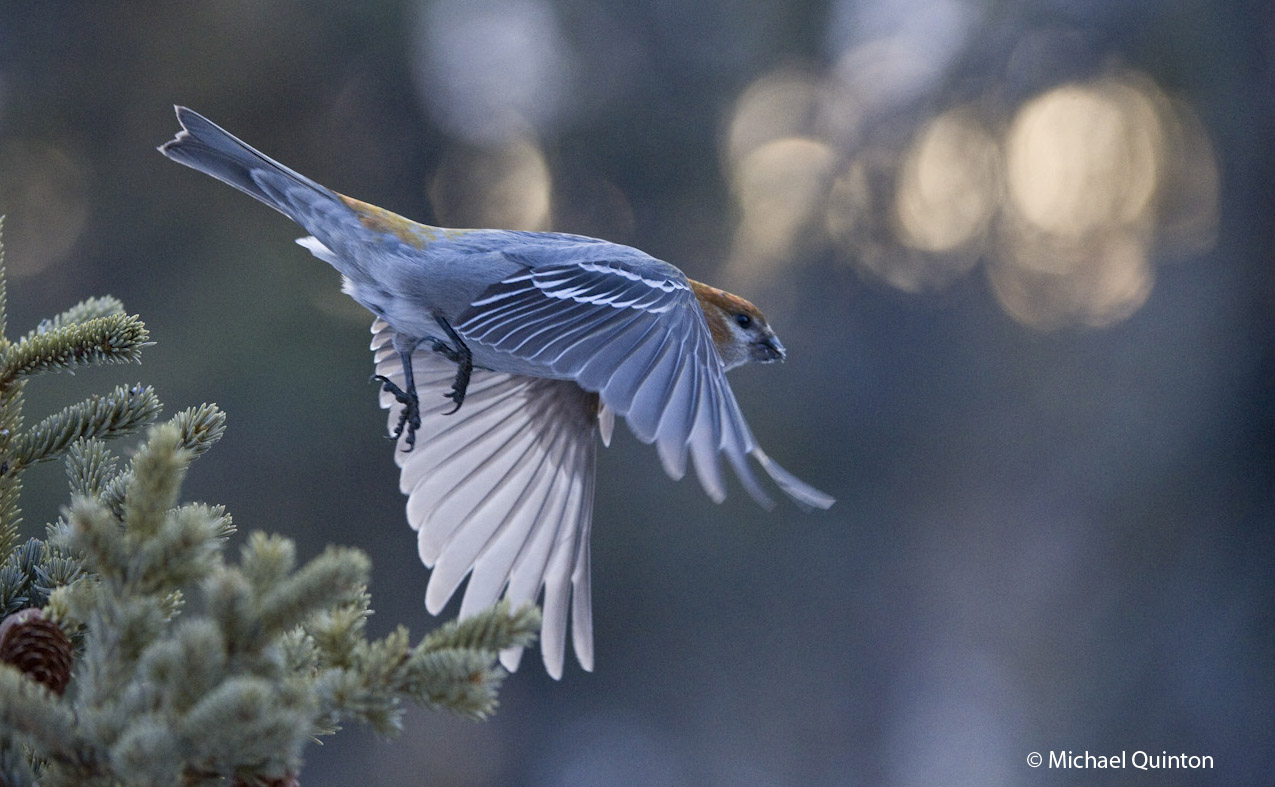
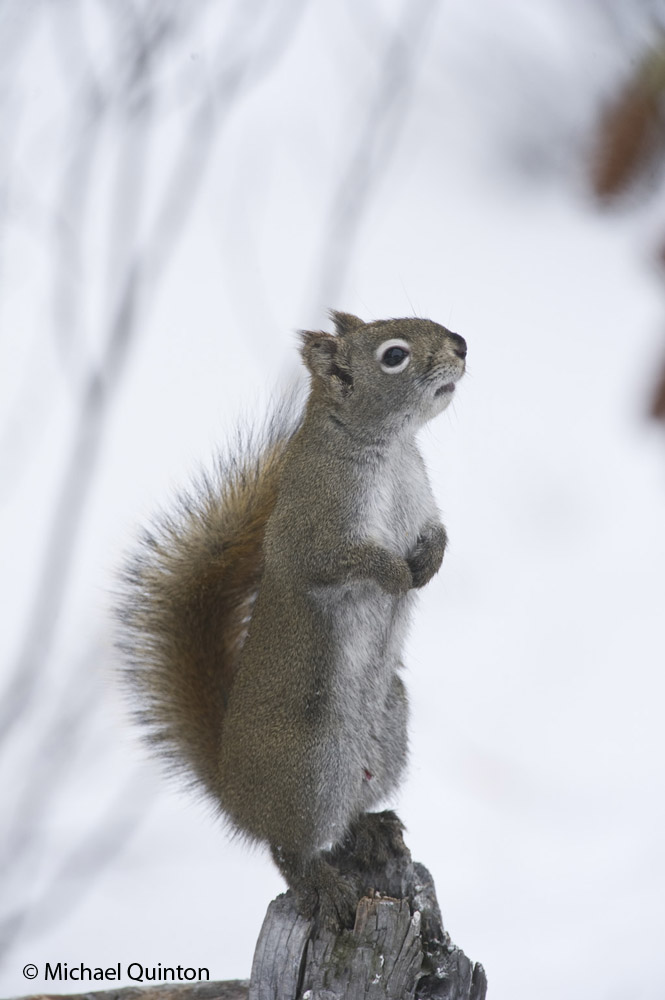

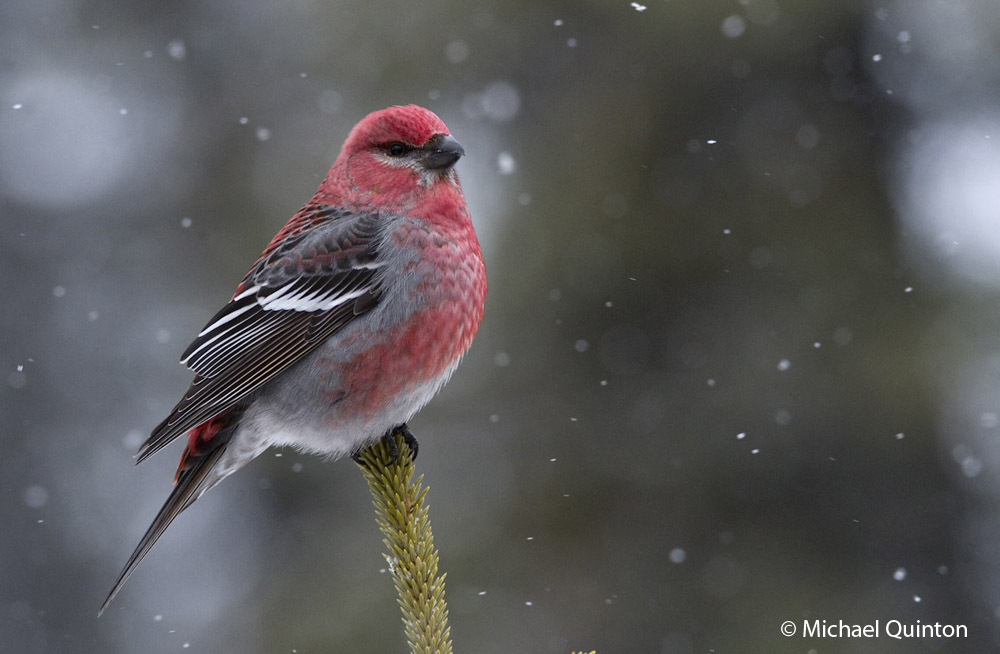
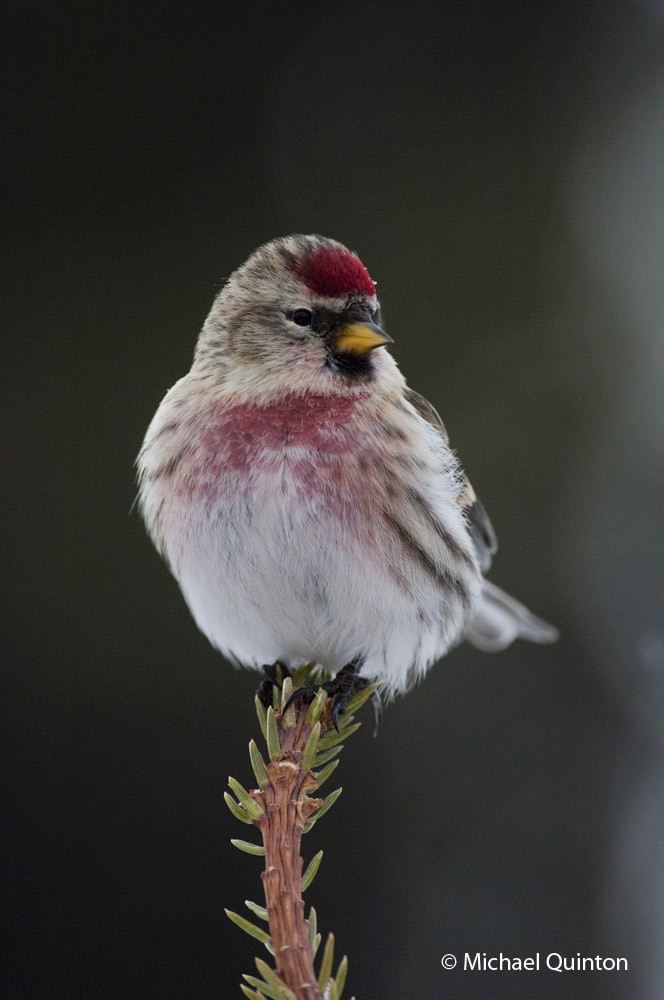
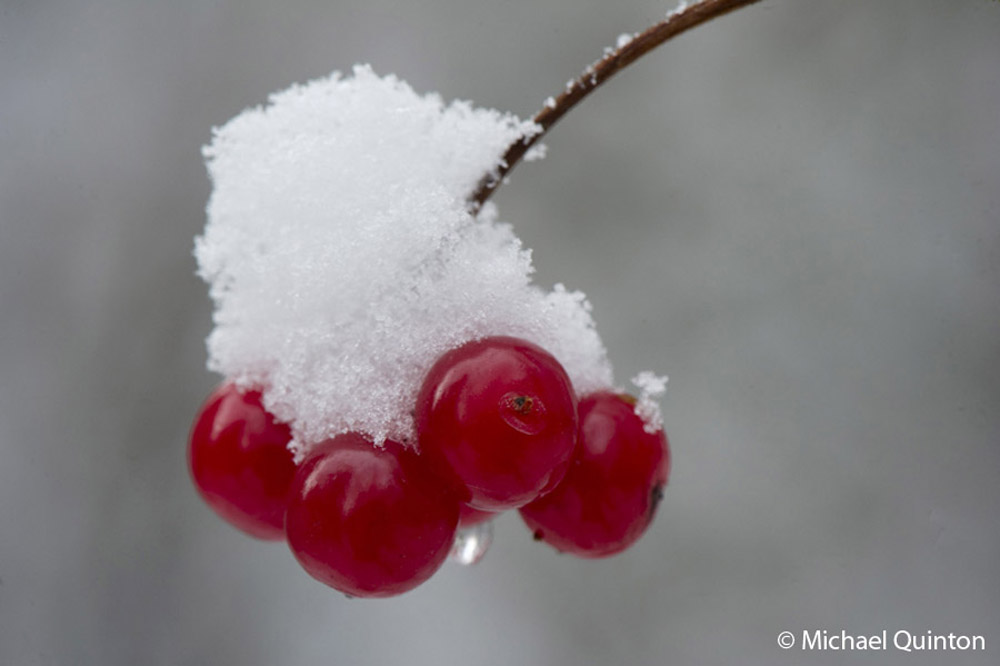
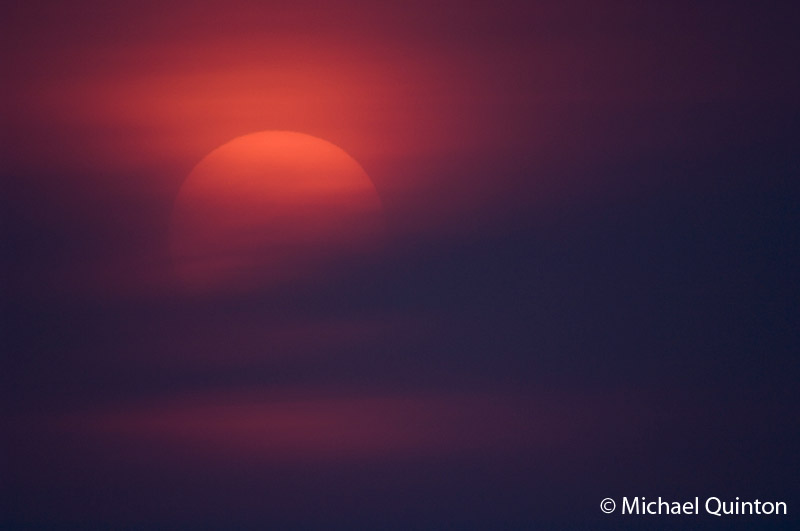
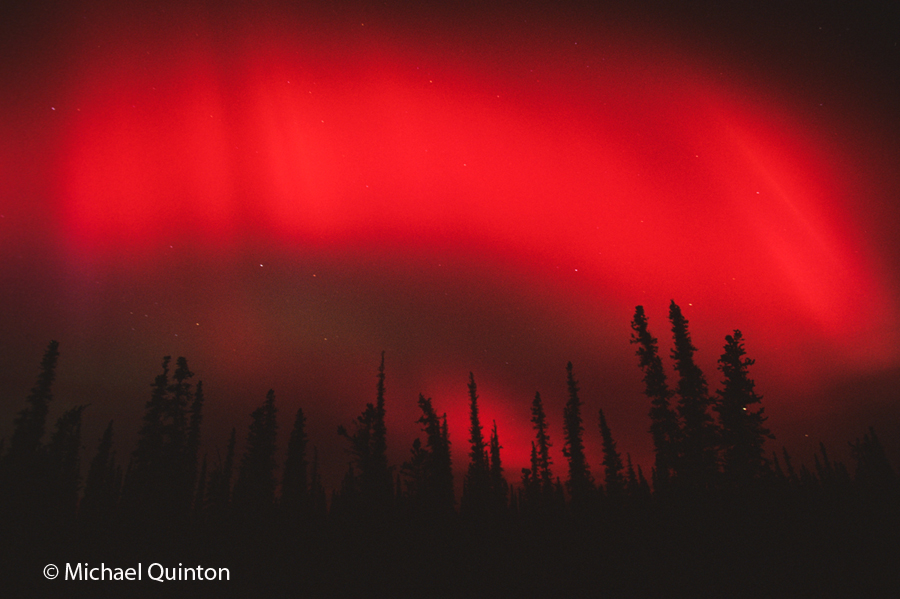

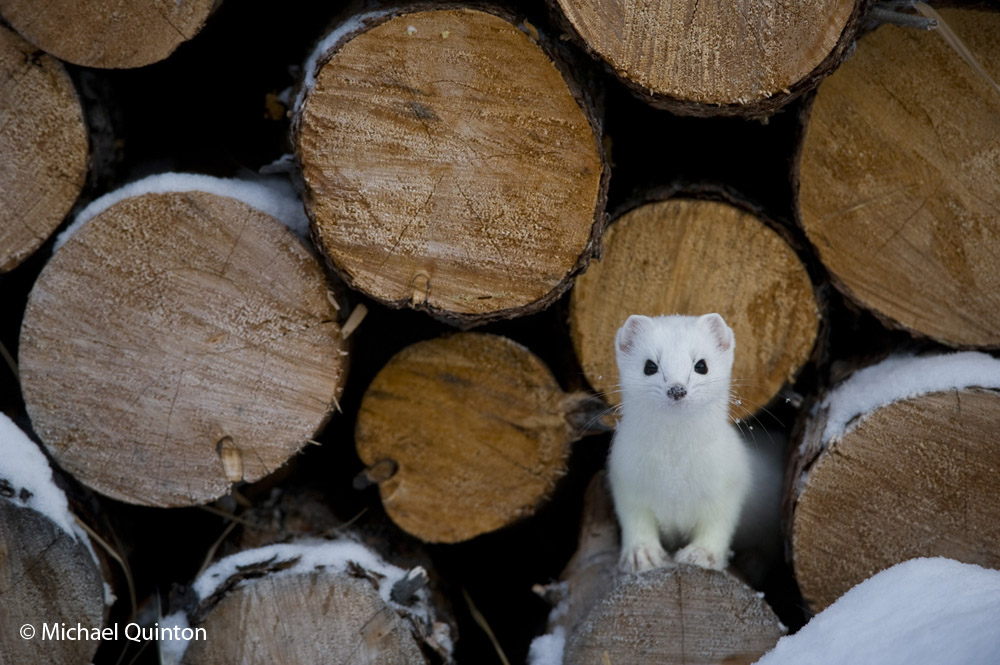
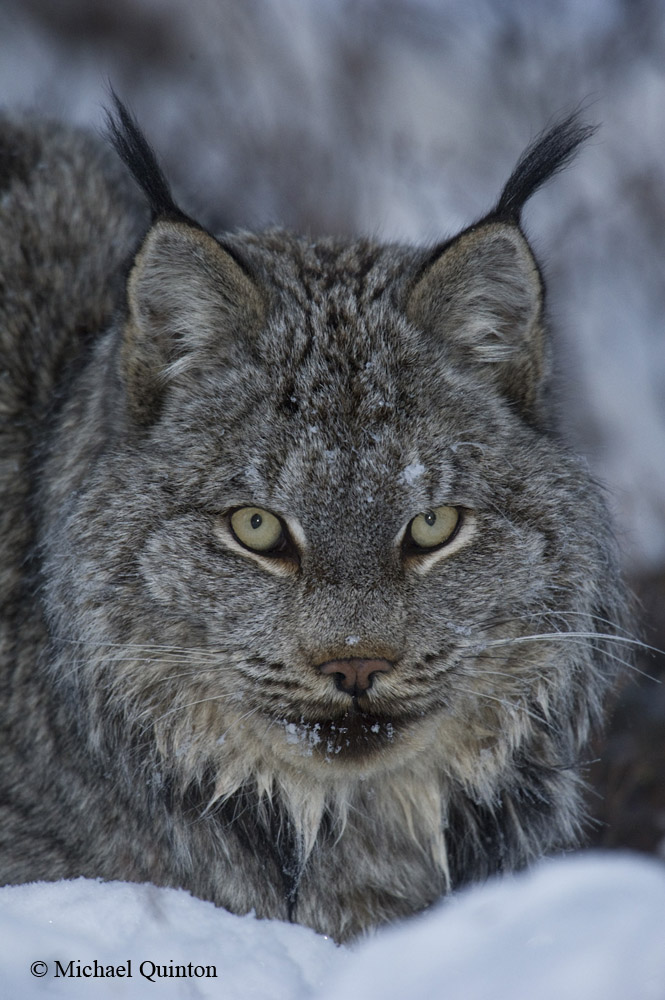
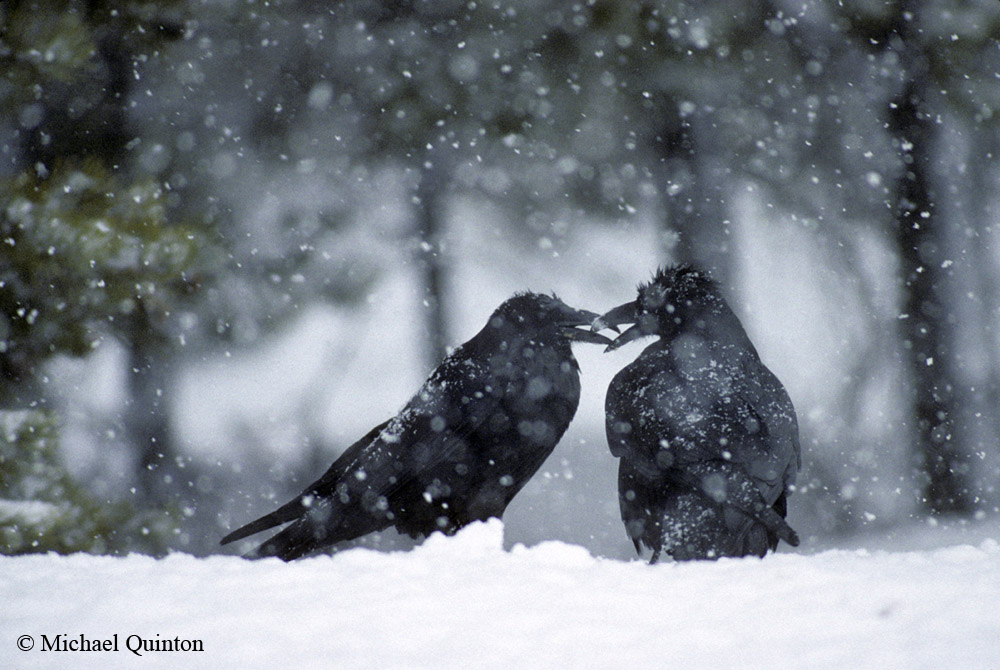


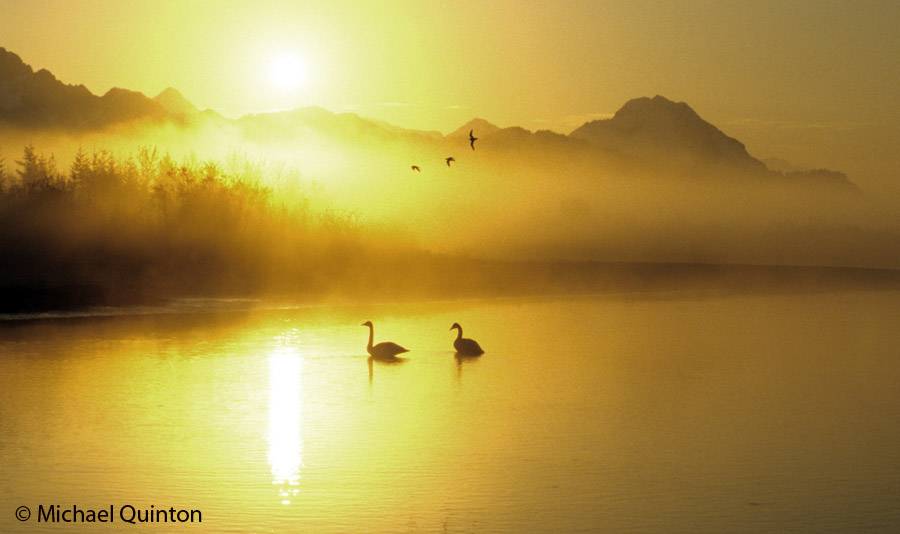
 Spectacular Wrangell Mountains in Alaska seem insignificant in this ineffective wide-angle photograph.
Spectacular Wrangell Mountains in Alaska seem insignificant in this ineffective wide-angle photograph.